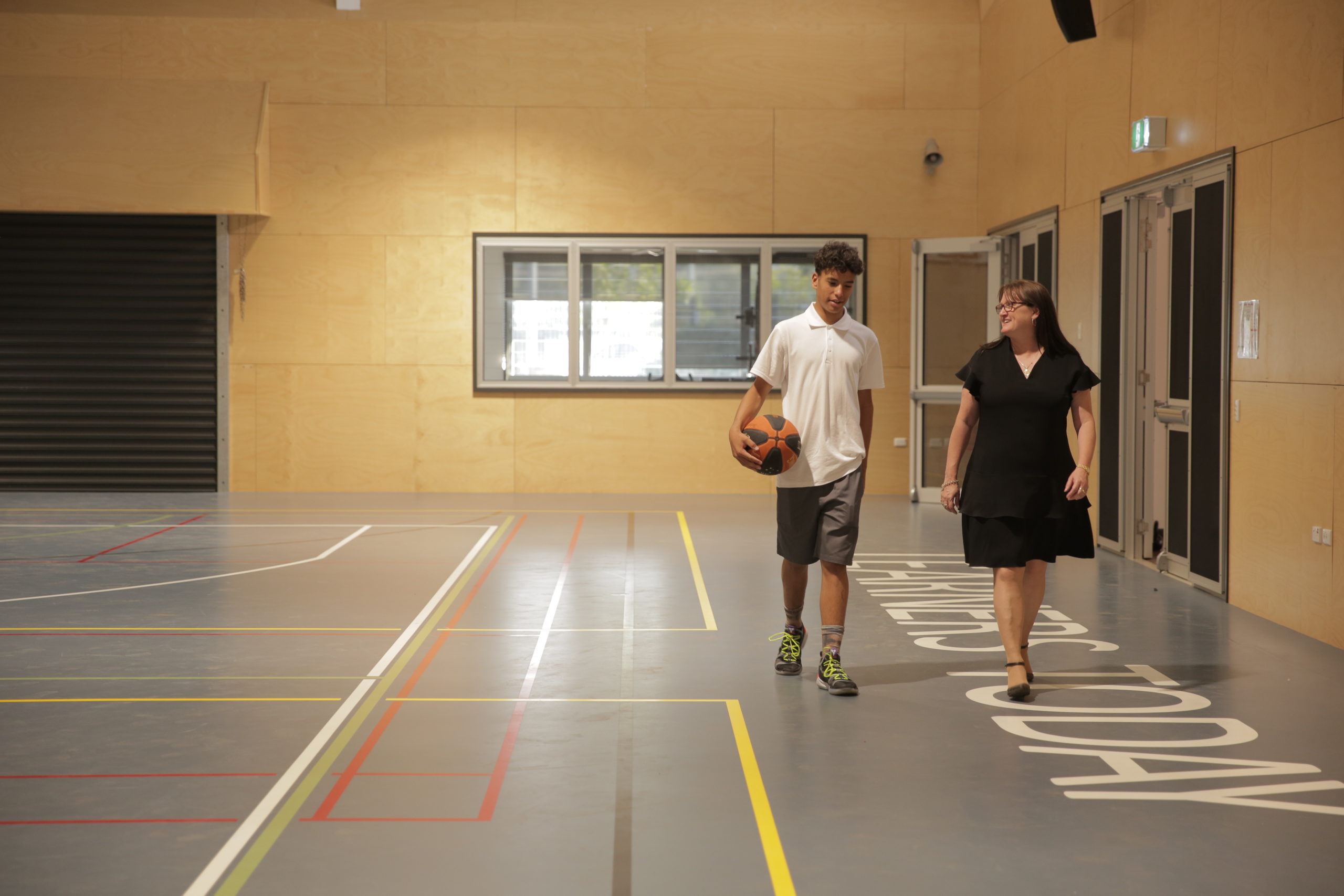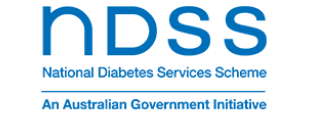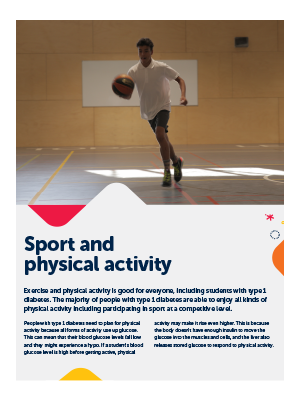Students with type 1 diabetes will gain the same health benefits from physical activity as students without type 1 diabetes
When exercising, muscles use glucose for energy. For a person with type 1 diabetes this may cause their blood glucose level to decrease during exercise, immediately after exercise, or in some cases, hours later, and may result in a hypo. Reductions in insulin and/or eating additional carbohydrates may be required to prevent a hypo and maintain blood glucose levels in target range. For some people with type 1 diabetes, physical activity can elevate blood glucose levels.
This can occur with high-intensity exercise and competition stress.
The way a young person with type 1 diabetes prepares for physical activity will vary depending on:
- their current BGL
- when they last took insulin
- when they last ate
- the type of physical activity they’ll be doing
- the timing and duration of the activity.
They may need to:
- check their BGLs more often
- alter their insulin dose
- have an extra snack before, during or after the activity.
For younger children, play can be as active as organised sport for older children.
The student’s diabetes management plan for school will provide details on any adjustments needed for sports and physical activity. School staff supervising students participating in sports activities are to ensure that they have access to a blood glucose monitor, hypo kit and the student’s diabetes action plan. The diabetes management plan for school will specify whether the student will need to perform a blood glucose check before taking part in physical activity and what further action may be taken. Students using insulin pumps may need to remove the pump before physical activity, contact sports and water sports to prevent the pump from being damaged (refer to the student’s diabetes management plan for school for instructions). The maximum recommended disconnection time is 90 minutes. The pump should be kept in a dry and safe place. It is vital that the pump is reconnected after exercise and blood glucose is checked. Remember that pumps are expensive and must be kept safe.
Reasonable adjustments may include:
- considerations when a student participates in physical activities, including additional precautions taken during swimming
- ensure insulin pump and/or CGM equipment is safe and secure during swimming and contact sport
- student can eat at additional times, especially when involved in physical activity
- staff to inform parents/carer in advance for changes in activities.




